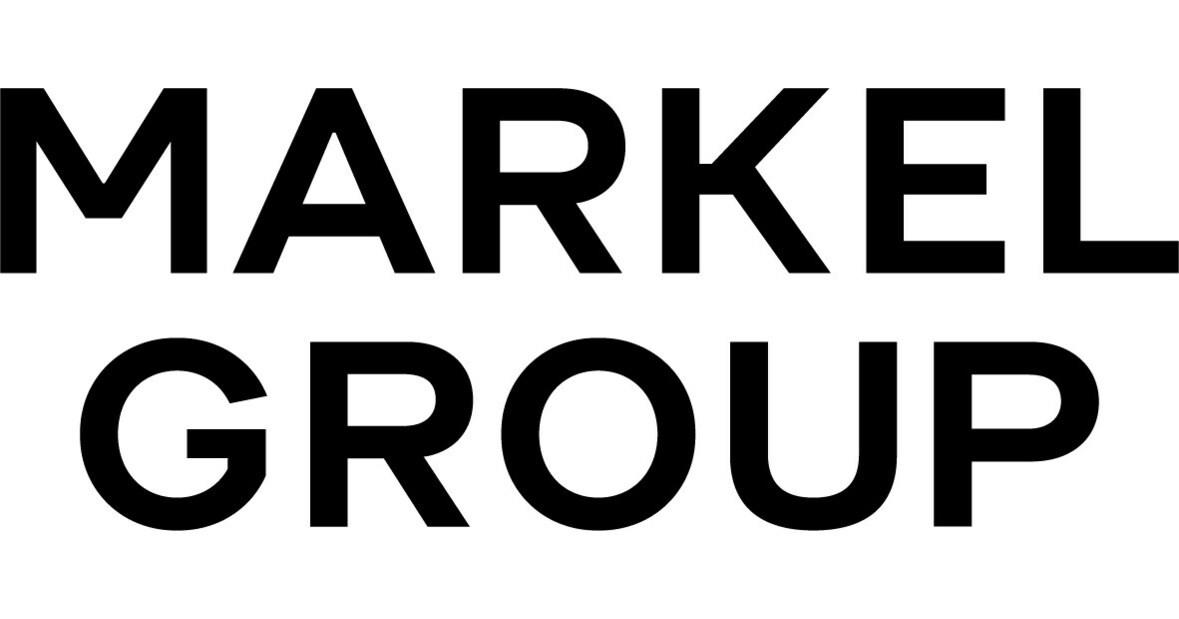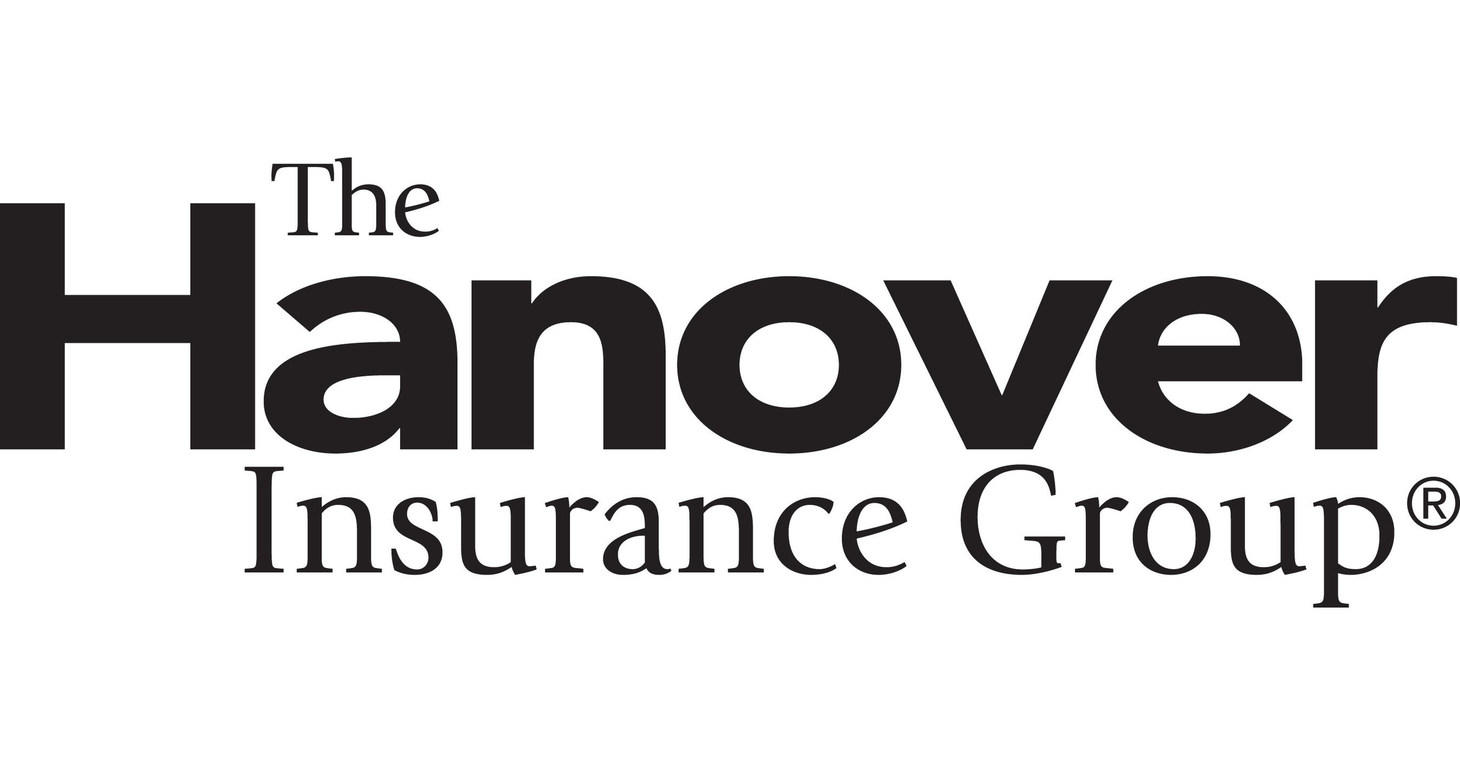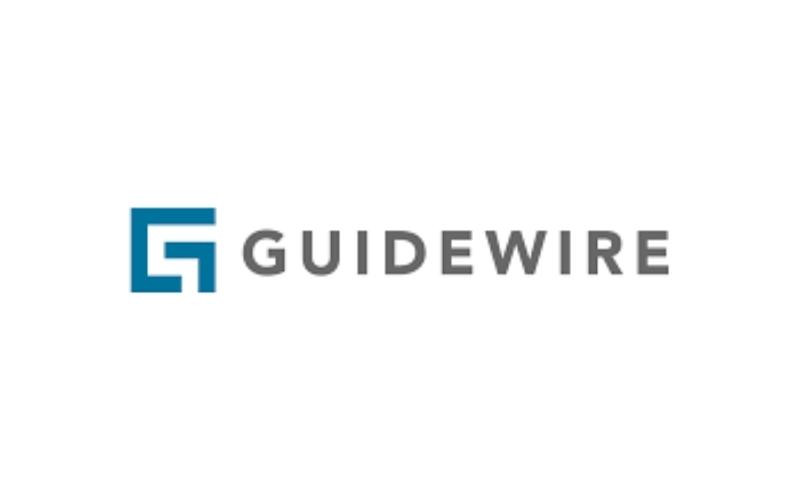News

Hurricane Melissa expected to trigger $150M cat bond
Hurricane Melissa, which hit Jamaica Tuesday as the strongest storm ever to strike the island, likely triggered a multi-year catastrophe bond designed to transfer some of the nation’s hurricane risk, sources say.
In April 2024, the World Bank issued a catastrophe bond that provides the Government of Jamaica with $150 million in financial protection for four hurricane seasons, renewing coverage that expired in 2023.
The World Bank enlisted Aon Securities and Swiss Re Capital Markets as lead managers, and AIR Worldwide as the risk modeler and calculation agent for the bond.
Sources suggest the bond’s parametric trigger may have been satisfied when Melissa hit the island as a Category 5 hurricane with sustained winds of 185 mph.
“Early data from the National Hurricane Center shows Hurricane Melissa’s pressure has stayed below 900 millibars in several areas — a clear sign of just how powerful this storm is,” said Chris Lefferdink, head of insurance-linked securities, North America, for Aon Securities.
Once confirmed, under the terms of the bond, that level of intensity could trigger a 100% payout, he said.
“While the final numbers are still being verified, the early signs suggest the transaction is doing what it was designed to do: getting critical funds to the country quickly after a major disaster,” Mr. Lefferdink said.

Boyd Group Acquires Joe Hudson's for $1.3 Billion
The sale marks private equity firm TSG Consumer's exit from Joe Hudson's after having doubled its footprint to 258 locations across 18 states.
TSG Consumer, a leading private equity firm specializing in consumer brands, announced that it has signed a definitive agreement to sell its majority stake in Joe Hudson’s Collision Center (JHCC) to Boyd Group Services Inc., one of the largest operators of collision repair centers in North America. The transaction, valued at $1.3 billion, is expected to close in the fourth quarter of 2025, subject to customary closing conditions and regulatory requirements.
Research

Insurers Abandon Non-Renewals as Climate Risk Strategy, Yet AI Integration Lags
ZestyAI survey reveals carriers pivoting to precision risk tools while struggling to operationalize artificial intelligence.
Property and casualty insurers dramatically reduced their reliance on non-renewals as a climate risk strategy in 2025, with only 14% of executives prioritizing this approach compared to 32% the previous year, according to ZestyAI’s State of Property Insurance 2025 survey of more than 220 P&C insurance professionals.
At the same time, the survey found that while 83% of insurers say they’re equipped to use AI, just 40% have integrated it into core workflows.
“The industry is still modeling risk as if little has changed, even as climate volatility accelerates. Relying on yesterday’s tools is leaving insurers exposed to today’s billion-dollar events, from urban wildfires to catastrophic hailstorms,” said Attila Toth, founder and CEO of ZestyAI.
Industry Confidence Gap Reveals Divergent Adaptation Speeds
The insurance sector displays a striking confidence paradox when assessing climate adaptation efforts. While 61% of executives said they believe the insurance sector overall is not adapting quickly enough to climate-related risks, 64% maintain their own companies are moving faster than peers. This perception gap varies significantly by carrier type, with MGAs and insurtechs expressing the strongest confidence at 73% and 67%, respectively, while traditional mutual insurers and regional carriers show more tempered optimism at 57% and 51%.
AI in Insurance

AI Investments Are Top Priority; Hourglass Workforce Structure Takes Shape: Insurance CEO Survey
[Ed.note: Insurer spend on AI is significant and growing. Traveler's CEO comments on $1.5B annual tech spend and recently from Hartford's CEO's Q3 earnings transcript indicating of the $1.3B annual tech spend, some $500M "is sort of the invest side". Although exact numbers are difficult to pin down these examples make the point about the future of AI in insurance]
“We are very bullish on AI, and we’re leaning into it.”
That’s how Alan Schnitzer, chief executive officer of Travelers, responded to a recent question from an investment analyst who wanted specifics on how AI investments would impact the carrier’s expense ratio and workforce headcount over the next three years.
“We’re spending more than $1.5 billion a year on technology. A lot of that is focused on AI. We expect significant benefits from it,” said Schnitzer during a third-quarter earnings conference call earlier this month, declining to disclose expense ratio guidance but stressing instead that AI will create operating leverage that gives Travelers flexibility to deploy its efficiency and productivity gains however it chooses.MORE
Zurich is reimagining the future of insurance with ambitious new AI Lab
Collaboration with the University of St. Gallen and the ETH Zurich’s Agentic Systems Lab to accelerate industry transformation using the power of artificial intelligence (AI)
In an industry often defined by tradition, Zurich Insurance Group (Zurich) is taking a bold leap forward with the launch of a groundbreaking Zurich AI Lab. Spearheaded by Group CEO Mario Greco, it represents an ambitious move that signals a new era in how insurance is delivered and experienced by its customers.
At the heart of this initiative is a simple but powerful idea: artificial intelligence isn’t just a tool to improve efficiency; it’s a force capable of transforming the very business model of insurance. AI has the potential to create new customer experiences that are faster, smarter, and more personal than ever before.
Zurich’s new AI Lab will help bring that vision to life, by combining world-class academic research capabilities, Zurich’s deep industry and technology expertise, and a commitment to responsible innovation. This will enable the AI Lab to accelerate the development of scalable solutions that address real-world insurance challenges and redefine what customers can expect from their insurer.

Q&A: How a $1.5 billion technology and AI investment will benefit Nationwide Property and Casualty partners
Nationwide, a Fortune 100 enterprise and one of the largest insurance and financial services companies in the U.S., announced a transformational $1.5 billion investment through 2028 in technology innovation initiatives, with $100M earmarked for advancing AI each year for the next three years.
Nationwide Property & Casualty Chief Technology Officer and Senior Vice President Guru Vasudeva explains the impact this investment will have on the company’s P&C partners.
Q: How does Nationwide’s $1.5 billion investment in AI benefit Nationwide Property & Casualty partners?
Vasudeva: This investment is going to transform how we serve our partners now and well into the future. Today, we’re leveraging AI to improve modeling, streamline claims processing and enhance customer experiences. Tools like Claims Log Notes summarize thousands of claims weekly, allowing our associates to focus on empathy and judgment rather than paperwork. We are deploying digital twins of products to better predict risk, drive pricing and develop new customer protection solutions. In turn, these innovations help our partners deliver faster, more accurate and more personalized service to their customers. This $1.5 billion investment will scale up our AI capabilities even further, creating more growth opportunities going forward.
Q: How will Nationwide keep P&C partner and customer data secure?
Vasudeva: Data protection is a top priority. We’ve embedded security, resilience and governance into our architecture—not added it on top. Our AI tools are built with enterprise-grade safeguards, and our governance framework ensures responsible use. We also have dedicated teams—a Blue Team and Red Team—focused on innovation and risk mitigation, ensuring that every AI deployment is safe, compliant and aligned with our values. The Red Team rigorously evaluates risks and vulnerabilities, while the Blue Team focuses on innovation. Together, they ensure that every solution we deploy is secure, compliant and aligned with our mission to be the most trusted protection company.ARTICLE

To Win with AI, Insurers Must Go Beyond the Algorithm | BCG
The human dimension—skills, culture, and leadership—will separate insurers that merely deploy AI from those that build an enduring advantage.
AI is fast becoming the most powerful value lever in every link of the insurance value chain. In an industry powered by data, models, and rules-based decision making, insurers are well-positioned to use the technology to improve productivity, personalization, and customer experience. Yet so far the anticipated returns from AI have fallen short of expectations, leaving many insurance executives uncertain about how best to proceed.
The reason for the gap between promise and payoff is clear: contrary to the intuition of many executives—who still see technology as the primary hurdle—the real determinant of AI success lies in the human factors that bring AI-driven strategies to life. BCG’s project experience reveals that while one-third of the transformation challenge is technical, two-thirds hinge on people—how leaders mobilize talent, redesign work, and help employees adopt new ways of thinking.
Over the next three to five years, it will be this human dimension—more than algorithms or tech infrastructure—that separates insurance industry leaders from laggards. CEOs who embed a human-centric AI-first vision in their organizational culture and operational practices today will unlock AI’s transformative potential. This article presents a playbook for making it happen. BCG website
Commentary/Opinion
What Insurance Can (and Should) Be | Insurance Thought Leadership
Beginning as an agency offering insurance for classic wooden boats, Hagerty has become a behemoth that offers lessons for other agencies and carriers.
The oddest invitation I received at the recent InsureTech Connect was from the vice chair of Duck Creek, who suggested I attend a session it sponsored that... barely mentioned Duck Creek. Instead, the session was a celebration of a Duck Creek customer, Hagerty Inc. — and it was a revelation. While I wasn't familiar with Hagerty, it turns out to be a model for what insurance can (and should) be.
Having opened a small agency 40 years ago because they couldn't find insurance for their wooden boats, Frank and Louise Hagerty expanded into classic cars and then kept following their customers until Hagerty Inc. served just about any need a car enthusiast could have. That little agency now carries a market value of nearly $4 billion.
The journey shows how others can also wrap services around their core insurance products and do more for their customers, while turning them into loyal customers, if not fans.
I know, I know, nobody is going to get as excited about directors & officers insurance as many do about classic cars, but it's possible for all sorts of lines of insurance to demonstrate broader understanding of, and care for, customers.
Some agencies and carriers are already doing so — and winning.
Paul Carroll, editor-in-chief of Insurance Thought Leadership
Financial Results

Markel Group reports 2025 third quarter and nine-months results
Markel Group Inc. (NYSE:MKL) today reported its financial results for the third quarter of 2025. The Company also announced today it filed its Form 10-Q for the quarter ended September 30, 2025 with the Securities and Exchange Commission.
"I'm very pleased with our overall results and the progress we've made as a company this year," said Tom Gayner, Chief Executive Officer. "Revenues and adjusted operating income of our businesses are both up for the year and for the quarter. We're seeing improvement in our insurance combined ratio. And $2.1 billion in operating cash flow has helped fund continued steady share repurchases. In short, the strength of our diversified approach is on display, and we're seeing tangible signs of improvement in areas we've been focused on."
Summary of our third quarter results:
- Operating revenues increased 7% for the quarter and 4% year to date.
- Operating income, which is affected by market movements in our equity portfolio, decreased 26% for the quarter and 23% year to date.
- Adjusted operating income, which excludes the impact of market movements in our equity portfolio, increased 24% for the quarter and 7% year to date.
For Markel Insurance, our cornerstone business: - Underwriting gross premium volume increased 11% for the quarter and 4% year to date. - Operating revenues increased 6% for the quarter and 3% year to date. - The combined ratio improved by more than four points in the quarter to 93%. For the year-to-date period, Markel Insurance's combined ratio was consistent period-over-period at 95%.

The Hanover Reports Record Third Quarter Net Income and Operating Income
- Combined ratio of 91.1%; combined ratio, excluding catastrophes(1), of 88.1%
- Catastrophe losses of $46.2 million, or 3.0 points of the combined ratio
- Net premiums written increase of 4.5%*
- Loss and loss adjustment expense (LAE) ratio of 59.8%, 4.7 points below the prior-year quarter, primarily reflecting lower catastrophe losses
- Current accident year loss and LAE ratio, excluding catastrophes(3), of 57.6%, 0.6 points below the prior-year quarter, led by improvement in Personal Lines
The Hanover Insurance Group, Inc. (NYSE: THG) today reported net income of $178.7 million, or $4.90 per diluted share, in the third quarter of 2025, compared to $102.1 million, or $2.80 per diluted share, in the prior-year quarter. Operating income(5) was $185.6 million, or $5.09 per diluted share, in the third quarter of 2025, compared to $111.3 million, or $3.05 per diluted share, in the prior-year quarter. The company reported net and operating return on equity(6) of 21.5% and 21.1% in the third quarter of 2025, and 19.8% and 19.1% in the first nine months of 2025, respectively.
"Once again, our team put forth a very strong performance, not only achieving impressive financial results, but also affirming the effectiveness of our strategy and building on the positive momentum we've established across The Hanover," said John C. Roche, president and chief executive officer.
Verisk Misses Quarterly Revenue Estimates, Trims 2025 Revenue Forecast
Verisk Analytics cut its annual revenue forecast on Wednesday and reported third-quarter revenue below Wall Street estimates, as mild weather conditions weighed on demand for the data analytics firm’s property claims estimating tool.
The company’s shares fell as much as 15% to $197, hitting their lowest since May 2023.
Verisk’s claims estimating software helps insurers and contractors calculate repair costs using real-time data and automation. But with fewer severe weather events, insurers processed fewer claims during the reported quarter.
The 2025 Atlantic hurricane season marks the first time in a decade when no hurricanes made landfall in the United States through the end of September, according to AccuWeather.
Announcements

Guidewire to help accelerate P&C insurers’ product innovation with new PricingCenter application
Property and casualty (P&C) insurance platform Guidewire has unveiled PricingCenter, a new application that aims to revolutionise insurance pricing and rating by increasing efficiency, improving accuracy, and speeding time to market.
Purpose-built for actuaries, pricing teams, and IT developers, PricingCenter unifies and modernises the pricing and rating lifecycle, from model design to market deployment.
By connecting pricing strategy to execution, it helps insurers stay agile, improve accuracy, and accelerate new product launches.
“With PricingCenter, market disruptions become opportunities to innovate,” said Mike Rosenbaum, Chief Executive Officer, Guidewire. “By unifying pricing and rating, P&C insurers can model, test, and deploy updates faster, enabling them to accelerate product innovation and confidently drive profitable growth.”
PricingCenter helps to accelerate profitable growth by unifying pricing and rating, eliminating silos, and providing end-to-end lifecycle management.
